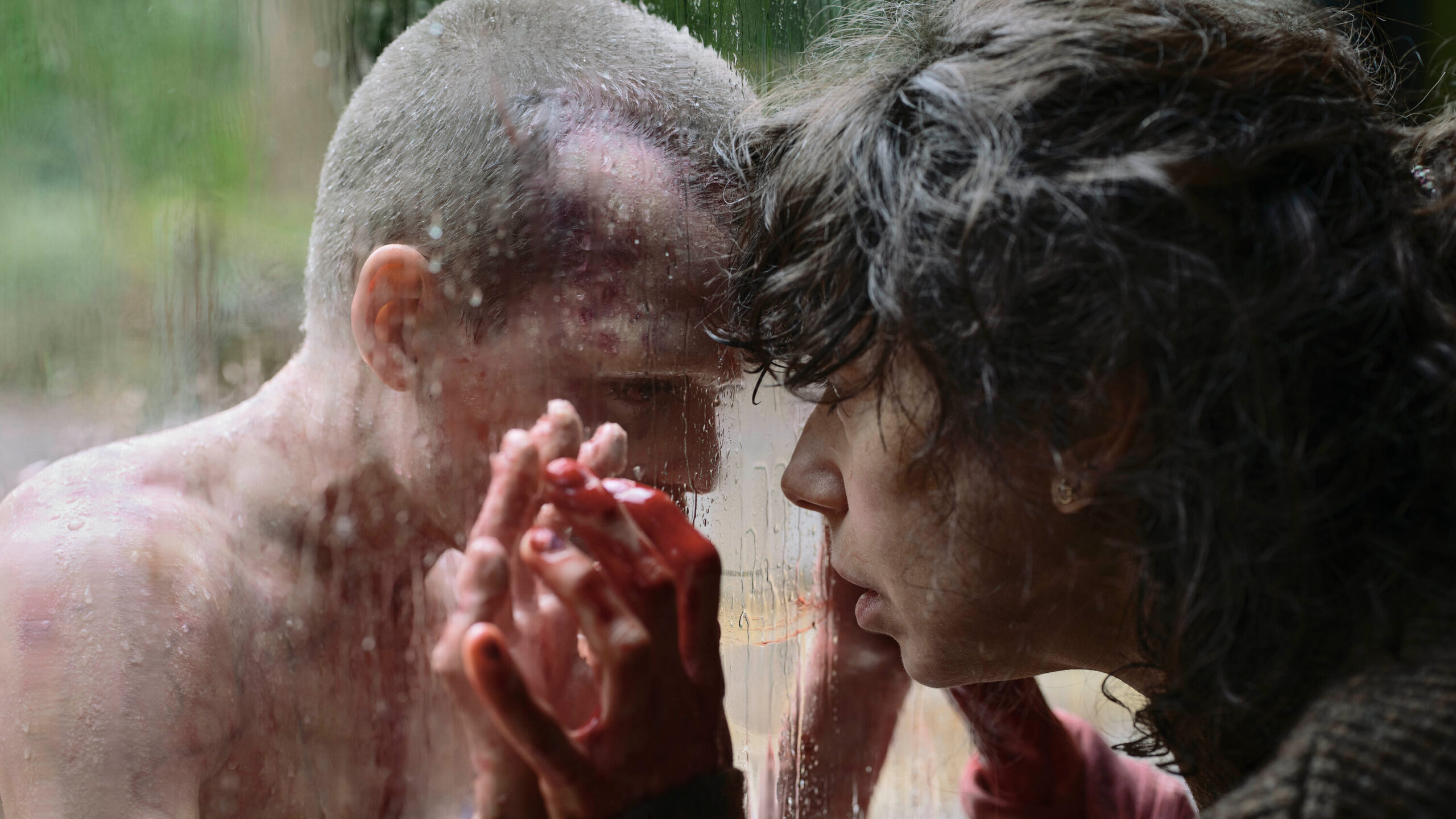Two summers ago Danny and Michael Philippou made a striking horror debut with Talk to Me, their scary possession thriller about teens summoning spirits via the creepy severed hand of a dead psychic. Fun and fresh, audiences responded to the tune of $100 million global box office, giving the Philippous a blank check for their follow-up. Bring Her Back, their sophomore thriller about grief and the supernatural, now arrives as a far more unsettling ride. But is it as effective?
If a feel-bad movie leaves you declaring you’ll never sit through it again, does it still qualify as a success if it’s objectively well made? You may experience such antagonism after seeing Bring Her Back, as grimly downbeat as Talk to Me was energetic; it’s less entertainment than endurance. Departing from the occult-obsessed youths of their first outing, the Philippous’ pitch black new excursion involves a few mourning souls on a collision course with, well, something awful.
This time, the brothers have delivered a deadly serious tale of grief and resurrection in a movie prioritizing its trauma over the phantasmal, which is mostly out of sight and left for to the audience to assemble post-ahem-mortem. Its undeniably strongest element is Sally Hawkins (Maudie, The Shape of Water, Blue Jasmine, Happy Go Lucky), one of our very best actresses, walking a high wire of sympathetic pathos and chilling madness; she’s so invested that she makes Bring Her Back’s villain a sad, twisted figure.
Following the tragic death of their father, high school siblings Andy (Billy Barratt) and Piper (Sora Wong) are shuttled off by social services to live with foster mom Laura (Hawkins), a spirited eccentric who quickly reveals a passive-aggressive streak. A former youth counselor left vacant by the death of her blind, adolescent daughter (like Piper, also blind), Laura is by turns cheerfully supportive and prone to demonstrative outbursts.
Because we’ve seen many a “hag horror” movie (no offense, Sally, you’re superb), we know something strange is afoot, especially after Laura forces Andy to kiss his father’s funeral-laid corpse—on the lips (“It’s tradition!”). And it only gets worse from there. The movie isn’t coy about defenseless children of “the system” thrown to the wolves of exploitation.

Skulking around the property is a mysterious, mute foster boy named Oliver (Jonah Wren Phillips), clearly distressed. But what’s with the strange white circle painted around the house? The taxidermied dog? The worn-out VHS tapes of what look like cultish rituals? And why does Andy wake each morning having soiled himself? Then there’s Oliver’s disturbing habit of self-mutilation. What’s happening inside that shed by the ominously drained swimming pool? And why is Laura so fixated on Piper, yet eager to push her protector Andy aside?
The answers, to put it mildly, are diabolically twisted in a movie about the fine line between sorrow and psychosis. Sure, there’s a hidden supernatural plot about an angel-demon and soul transference, but most of the movie is a foreboding slow burn (we are always well ahead of the film’s victims, waiting for them to catch on). Its deliberate haziness in refusing to clearly define Laura’s fiendish motives is a calculated risk that diminishes the kind of thrills audiences usually come for.
Despite how looney the movie eventually requires Laura to become, Hawkins vividly depicts an enigma of instability. In one superb late scene, a concerned social services worker (Sally-Anne Upton) confronts Laura about questionable goings on, and as spectacularly Hawkins breaks down, we realize how invested we are in the performance—evil as Laura may have become.
The Philippous, deploying the horror movie staple of a child in danger, push the limits of onscreen cruelty to a harrowing degree—a defenseless child is punched in the face, teeth are shattered in close-up and a mouth is mutilated while abusive gaslighting and psychological coercion inform every scene.
One can argue that such barbarism or torture—which began with Wes Craven’s cult 1973 chiller The Last House on the Left and informed many an extreme horror picture over the decades—is “effective,” albeit undeniably unpleasant and a far tonal cry from Talk to Me’s energetic thrills. Seeing a child writhing broken, bloodied and in pain, tortured by a monster, is mean business.
Bring Her Back also lacks a clear heroine in the underdeveloped Piper, well-played by Wong as a young woman ridiculed by classmates, protected by a caring older brother but longing to come into her own. The screenplay doesn’t quite manage Piper’s agency until the very end, so we are left to primarily focus on Laura’s ghastliness. The moral force, which should be growing at the center of the movie, is routinely sidelined while evil trumps good.
Like Talk to Me, the picture belongs to a sub-genre known as “grief horror,” which links a traumatic loss with the psychological and emotional hell of facing a supernatural menace (think Hereditary, The Babadook). But it’s not as good as either of those films, and the seams are starting to show in the overly-familiar conceit. While no one can deny the Philippous’ talent for visceral horror, this time you might be more depressed than truly scared. Bring Her Back isn’t fun, but there is weight in Hawkins’ performance and in the film’s unflinching stare into the abyss.
2 1/2 stars



